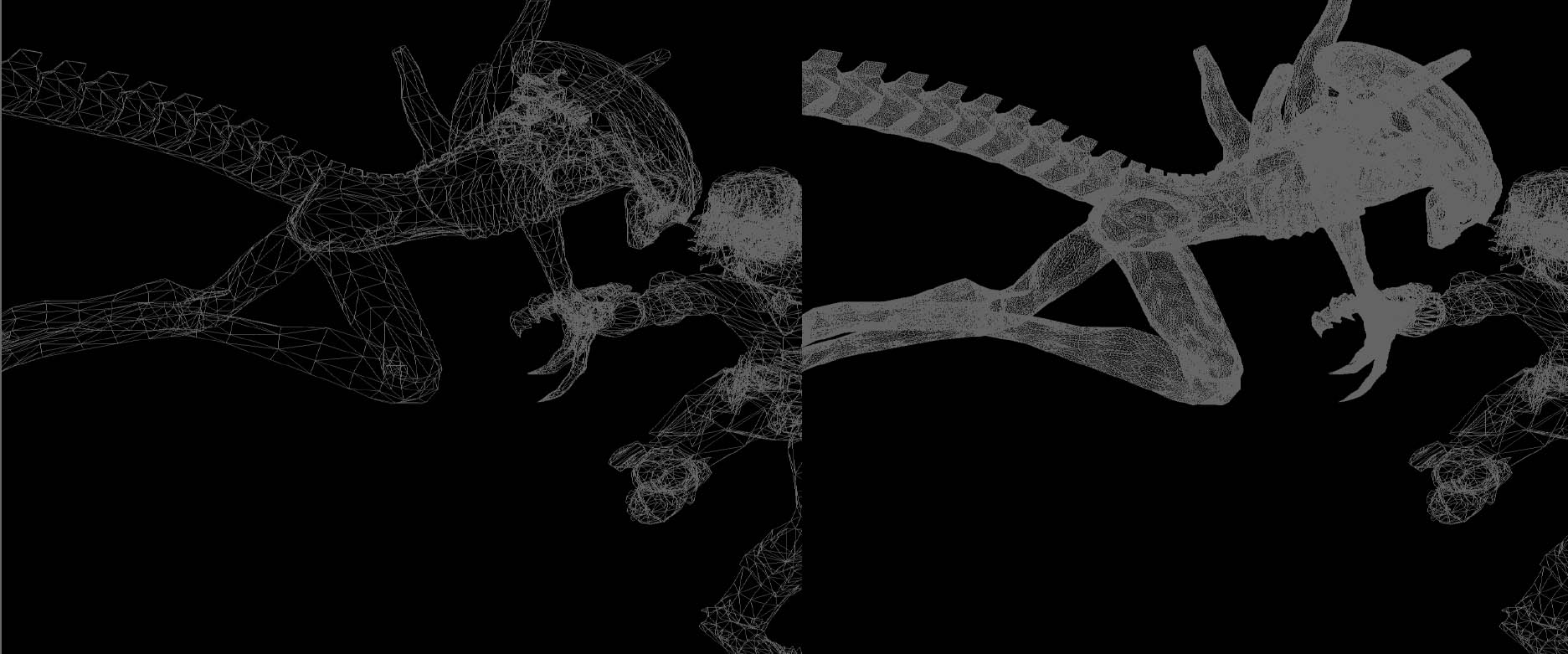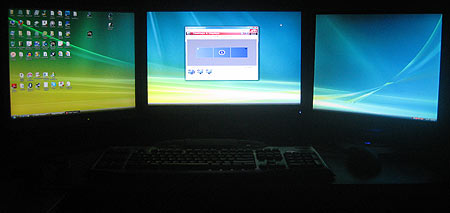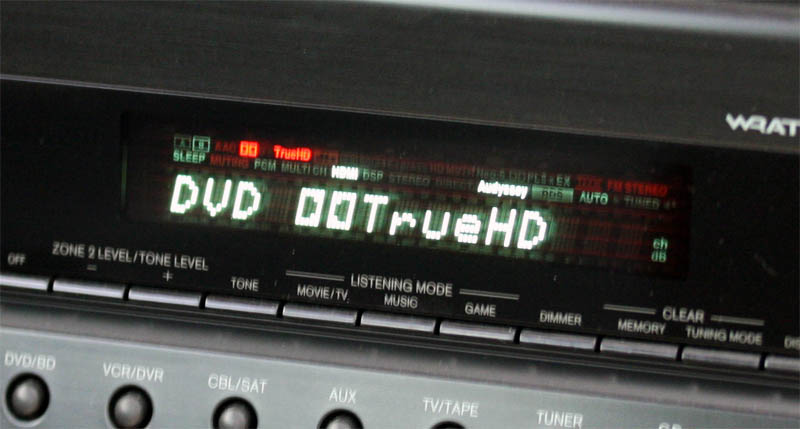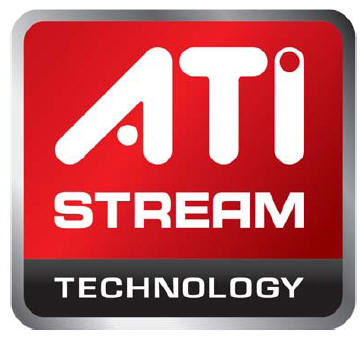ATI Radeon HD 5570: Reasonable Gaming Performance For $80?
Radeon HD 5570: Features
It's hard to avoid sounding like a broken record when it comes to the functionality found on the 5000-series cards: this is the eighth ATI card we've reviewed in six months, and they're identical across the entire line. For an in-depth look at the Radeon HD 5000-series features the best place to turn is probably our Radeon HD 5870 launch article, but we'll quickly go through the checklist to refresh your memory:
DirectX 11 Compatibility
Until Nvidia launches its GeForce GTX 470 and 480 cards, based on GF100, ATI's Radeon HD 5000-series is the only game in town if you're interested in DirectX 11-based hardware.
Up until now, the list of DirectX 11 game titles has been somewhat sparse. But the eventual proliferation of the API is inevitable as time passes and more developers start working with it. Thus far, we haven't fallen in love with any of the DirectX 11-optimized titles (DiRT 2 being our more recent exploration). However, we are looking to Aliens Vs. Predator as the potential killer app that will make DirectX 11 hardware a must-have for gamers. These expectations are primarily based on the examples of tessellation we've seen demonstrated pre-launch.
Eyefinity Triple-Monitor Gaming
Having experienced Eyefinity gaming, I can say that it is a lot more impressive than I assumed it would be; it really saturates the player's peripheral vision. Having said that, there are still issues associated with multi-monitor gaming on the Radeon HD 5000-series: high resolutions that aren't necessarily playable on mainstream cards, a developing game support ecosystem with some odd aspect ratios, and the need to use one DisplayPort monitor (or an active DisplayPort adapter for older displays). These considerations have the potential to take some of the fun out of Eyefinity, but we expect most of these issues to work themselves out over time. As usual, early adopters will take the brunt of the teething pains as ATI optimizes its drivers.
Bitstreaming Dolby TrueHD and DTS-HD Master Audio
Get Tom's Hardware's best news and in-depth reviews, straight to your inbox.
Home theater enthusiasts who wish to send an intact Dolby TrueHD or DTS-HD MA stream directly to their receivers for decoding have a few different options for enabling such functionality. The Radeon HD 5000-series cards are one (and they're ideal if 3D performance is a priority). Intel's Clarkdale-based CPUs with integrated graphics are viable as well, though much-less capable of playing even mainstream games at 1080p. A sound card like Asus' Xonar HDAV 1.3 works as well, but is less of a value now that ATI and Intel support similar functionality. Both companies fully accelerate Blu-ray playback too, whereas the sound card option requires addressing video through some other means.
ATI Stream and DirectCompute
In this author's opinion, ATI Stream and DirectCompute support are the least relevant features that the new Radeons offer today, but they have the potential to make a large impact. It's all a matter of application support, and at this time there isn't enough of that to get excited about. When DirectCompute is used for advanced physics calculations in games, when ATI Stream is used to accelerate everyday applications, then this author will be excited about it. But we're still waiting for that critical mass, despite the fact that both ATI and Nvidia like to show off the few mainstream titles that can be accelerated via GPU-based computing right now.
Current page: Radeon HD 5570: Features
Prev Page Radeon HD 5570 Architecture Next Page Radeon HD 5570: The Reference CardDon Woligroski was a former senior hardware editor for Tom's Hardware. He has covered a wide range of PC hardware topics, including CPUs, GPUs, system building, and emerging technologies.
-
johnbilicki Because someone who is going to consider buying a 5570 is so going to pair it with a socket 1366 which makes up for a massive 1% of all CPU's Intel is selling. This is the kind of card someone's parent is going to wonder to the store and pick up so their daughter can play The Sims. 50+ FPS in Crysis? >__>Reply -
xaira i thought this would be cheaper, cant wait for fermi to come and reduce amds horrible pricing of the low end lineup, the 5670 shudve had 640 stream processors!!!Reply -
megamanx00 I would have liked to have seen how this stacks up against the GT240 with GDDR3 as the 5670 already knocked the GT240 with GDDR5 off its perch.Reply -
johnbilicki xairai thought this would be cheaper, cant wait for fermi to come and reduce amds horrible pricing of the low end lineup, the 5670 shudve had 640 stream processors!!!Reply
AMD/ATI set the MSRP to $320 for the 5870, blame the retailers for jacking the prices up since nVidia hasn't yet put anything out to compete with. -
megamanx00 Anyway, still a good budget card. I bet this card is made so that AMD can afford to sell it a little less than what even the Radeon 4650 is currently going for, while the 5670 may even fall below the $64 the cheapest 4670s are going for.Reply -
burnley14 Disappointing performance increase considering it's supposed to be replacing a card from over a year ago. I would have thought they could have mustered something better.Reply -
skora I like it,that power draw had me fall out of my chair. Definitely a HTPC with limited gaming option.Reply -
notty22 Well people with a 'old' 9600gt won't be up?grading to this for a 20% loss of performance. Something for everyone I guess.Reply -
ta152h The paper clip is poor as a size reference point, since paper clips are not all the same size. Because of that, it's impossible to know the actual size of the die, since we don't know the size of the paper clip.Reply



